Is it safe to travel to Antarctica?
Travelling to Antarctica
Mention the words “Antarctica expedition” to some people and they immediately envisage Robert F Scott’s doomed expedition to the South Pole in 1912. “I want to see the penguins!” they agonize “But I don’t want to lose my nose!” Now, as much as we love dishing out adventures, rest assured that a cruise aboard a modern-day icebreaker to the breathtaking White Continent, will certainly not be any kind of harrowing ordeal. “Is it safe to travel to Antarctica?” is a question we’re asked often enough. Sometimes, we swear we can even hear teeth chattering at the other end of the phone line.
And we smile, ever so slightly, because we know some people envisage unforgiving blizzards, starvation, struggles, and hypothermia. And then we think of the unforgettable trip they will soon have in Antarctica. Well, just as soon as we appease their fears and convince them that no, we won’t be making the same mistake Scott’s party did. We do, in fact, know the difference between a pony and a horse…
Anywho, back to safety tips for Antarctica…

Here are the most important aspects of any cruise to Antarctica, of which you should be aware.
The Sailing
Travel to Antarctica is not a particularly dangerous endeavour, with the only possible (but not probable) discomfort resulting from crossing the Drake Passage, regarded as the world’s most tumultuous body of water. But that’s only when it misbehaves.
Many of our Antarctica cruises enjoy an absolutely blissful passage over calm water. So calm in fact, that as one passage nearly ended, one distracted guest enquired “So when are we going to cross the Drake?” Moreover, you’ll be aboard one of the sturdiest expedition ships ever built, some of which even have wonderful add-ons like on-board masseuse. So if you feel a little queasy – which is about the biggest problem most will face – you’ll no doubt find a myriad of ways to distract your senses.
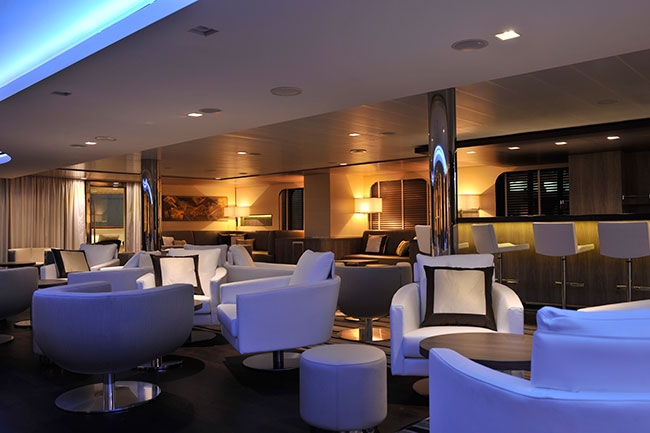
Sailing novices may be a little anxious about a day-long voyage across the open sea – yet you only need cross the Drake when boarding your ship in Ushuaia. Choose to fly to King George Island instead (from Punta Arenas, in Chile) and you can skip the Drake Passage crossing altogether. Antarctica cruises still boast a phenomenal safety record yet safety precautions and drills are held to the utmost rigour. Your safety is the number one priority of your professional and experienced crew.
The best part about Antarctica cruises? One you reach the peninsula, you’ll enjoy some of the calmest seas ever, with protected coves making it seem as if you’re floating on a spectacular mirror of water and ice.
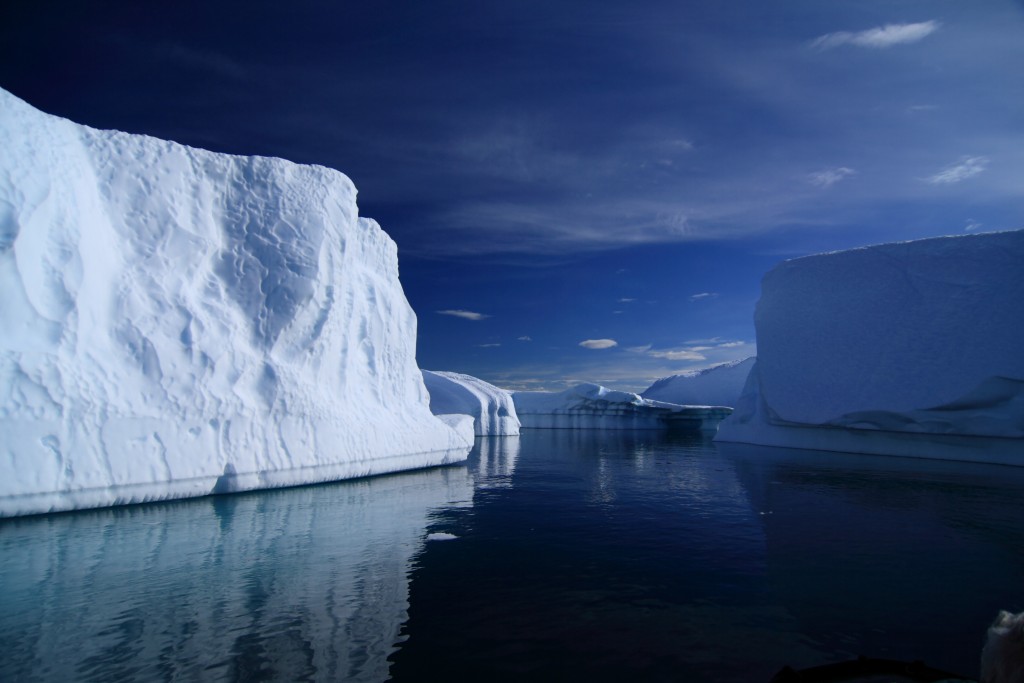
The Cold
While you can pretty much discount any life-threatening blizzards in Antarctica at the height of Summer, you certainly won’t be encountering Caribbean climate, that’s for sure. It’s gonna be cold, folks. That’s why we provide you with a comprehensive list of what to bring so you keep warm and toasty.
You may want to bring a jumper. Or several. And gumboots, waterproof pants, windproof jacket and something very warm to cover your neck. To be honest, it’s not the ‘average cold temps’ that you need to prepare for (everyone copes just fine with 0°C with the right clothing) it’s the fact that the weather down here can get a little nuts. In those rare instances when the wind turns, on your return Zodiac ride, temps can drop dramatically and this, combined with water splashing every which way, can certainly enlighten you to a whole new meaning of the term ‘nipple-freeze’…
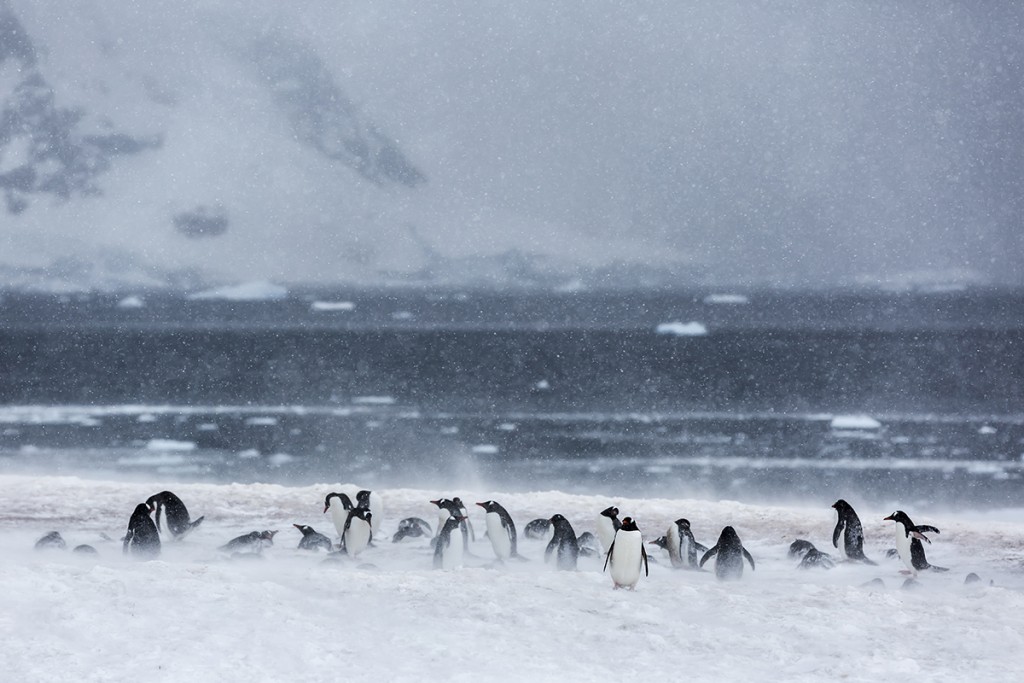
The Scorching Sun
Walking around in Antarctica is not unlike hiking at high altitude: you’re cold, but you can easily get sunburnt. Between the reflecting white of the landscape and the high UV-rays down south, the sun can be quite bothersome, so don’t forget to bring a hat, sunscreen (remember your lips!) and a pair of polarized sunglasses. The latter is imperative if you already suffer from any eye issues.
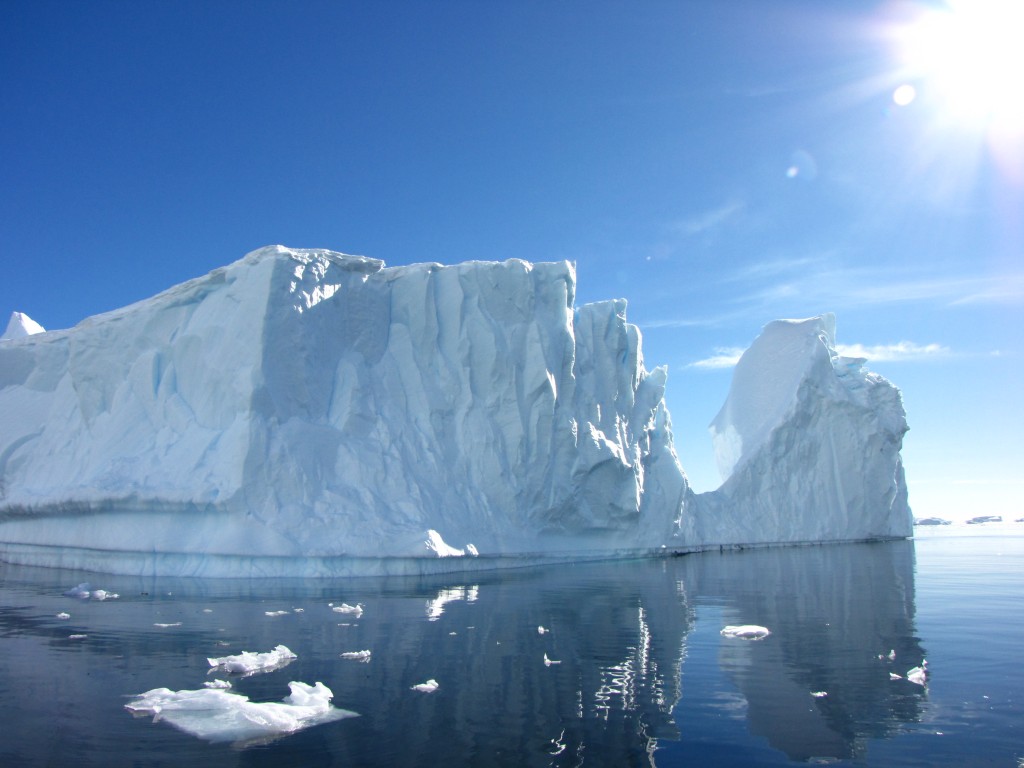
The Fitness Level
You need not be an Olympic-level athlete to enjoy a fabulous Antarctica cruise, but a decent level of fitness – or perhaps agility/flexibility may be a better choice of word – is recommended. No, you won’t be ice-climbing up a vertiginous iceberg, or negotiating safe passage over some almighty crevasse!
But you will be getting in and out of a Zodiac twice a day, and this can be quite awkward, considering your padded clothing (a-ha! That nipple freeze won’t catch YOU unprepared!), daypack and camera bag. This is about the only advice, as far as fitness is concerned: be able-bodied enough to get yourself in and out of an inflatable, and everything else will be easy peasy.
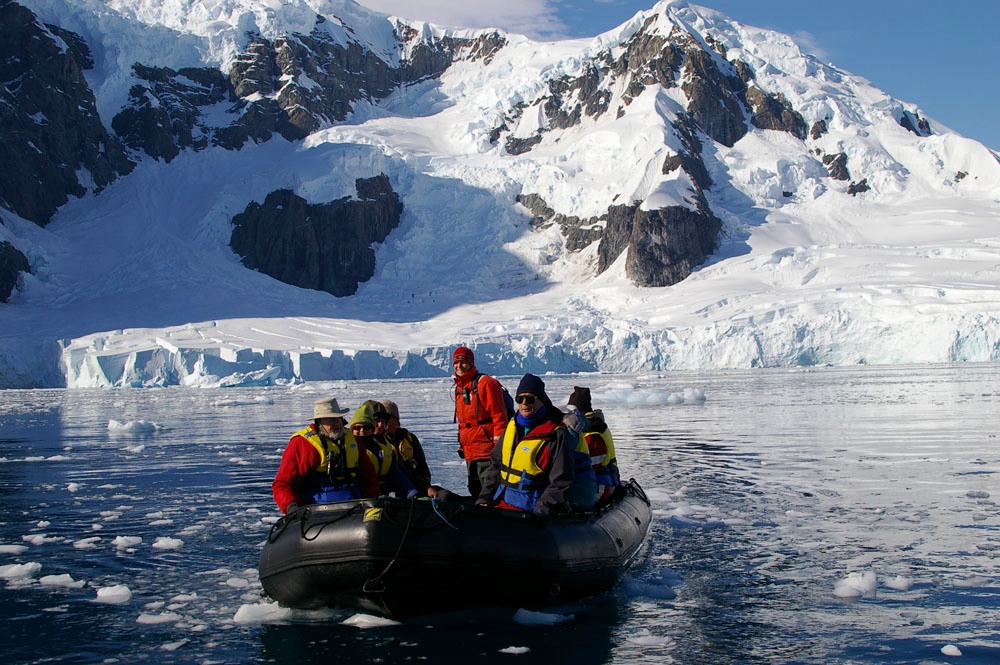
The Ferocious Wildlife
Just kidding!! :)
The waters of Antarctica are renowned for being the single largest marine feeding ground on our planet. Most especially in Summer, when perpetual sunlight aids in the kind of algae growth that’ll have you salivating no end, if you happen to be a baleen whale. And if you’re a seal or a penguin? Oh, how happy you’ll be with all those delicious fish swimming about! Antarctica’s spectacular wildlife is arguably this continent’s biggest draw and none of it – none of it we say – will be a bother to you, if you follow the directions of your crew and keep a respectable distance.
Because no ‘Oh that leopard seal looks so cute I just HAVE to give him a belly rub’ story ever ends well. If the urge to hug a penguin ever gets just too much, do what we do and just grab the closest person to you and hug them instead. It’s ok, they’ll understand. And probably smell better too.
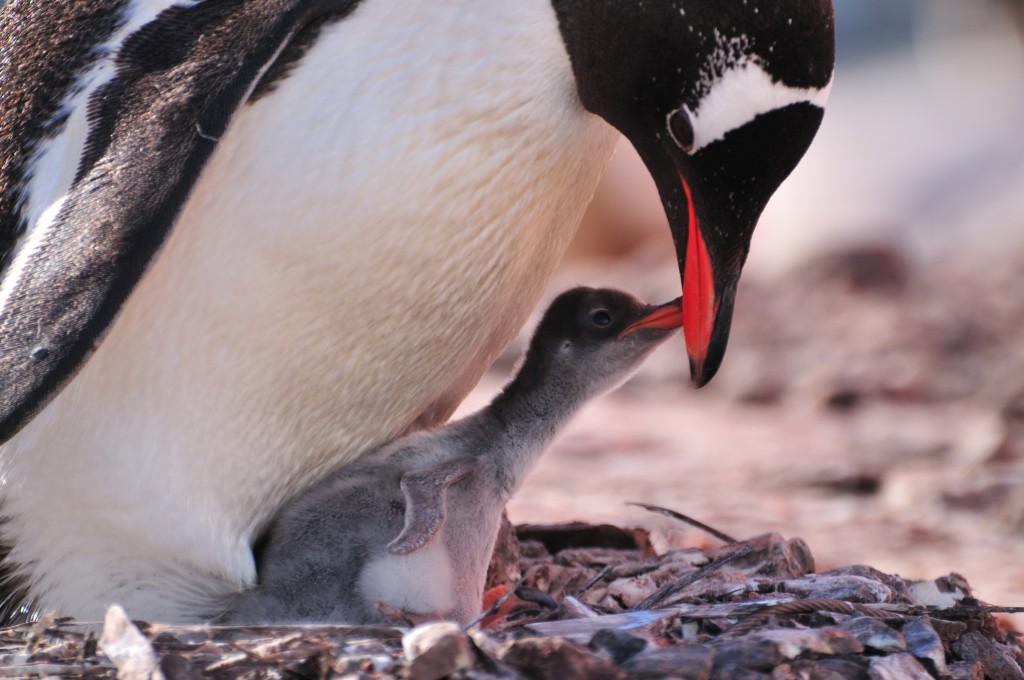
The Slippery Dippery
It’s always the unsuspecting risks that one never thinks about. Until one ends up doing the splits on outer deck, when – astonishingly – one had never managed to do the splits before!
Watch your step when on outer decks, as the floor can get incredibly slippery. Particularly when you’re in an excited hurry because someone yelled out ‘Orcaaaaaa!’ and you run like the wind, slip, fly, splat, and end up taking a blurred photo of the roof of the deck. Genius.
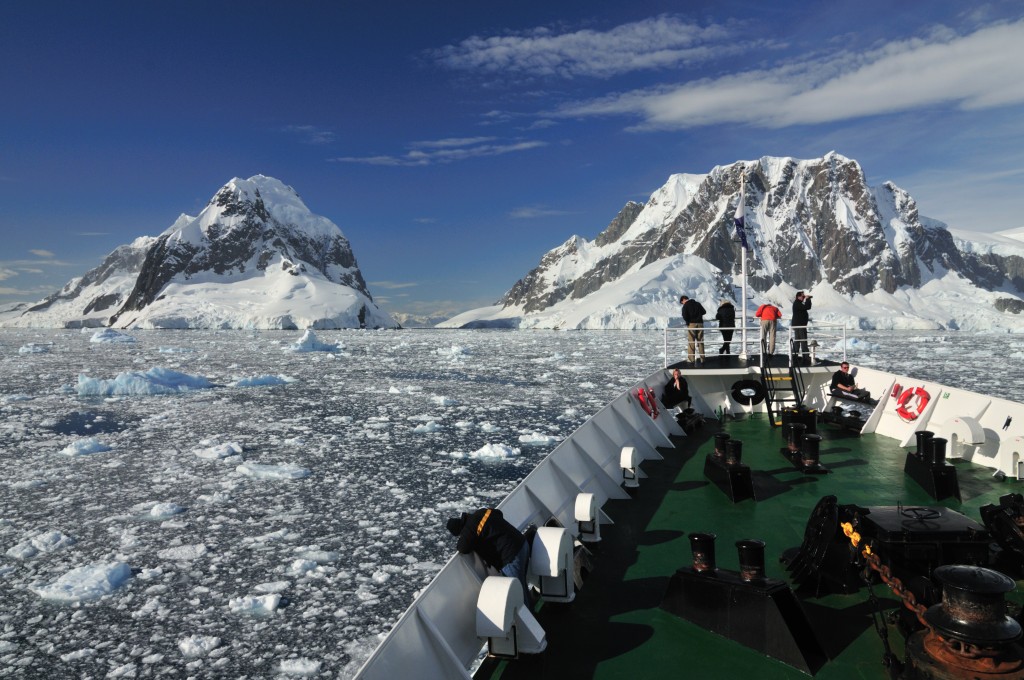
Keeping Safe During COVID
All of our Antarctic partners and expedition ships will have comprehensive policies in place, adopted from global health authorities and industry bodies that will cover all aspects of your voyage, including procedures for safe travel to and from the vessel for their guests, guides and ship crew, to keep you safe.
Antarctica Season 2023/24 policies continue to adapt to industry best practices and country-specific mandates and legislation. Many operators will have a comprehensive COVID-19 Safe Management Plan in place – which will be available to all guests before travel.
For more information on the procedures being implemented by our Antarctic partners, please take a look at The Ocean Endeavour’s document: Sailing With Confidence – Covid-19 Response.
Whether you’re a wildlife photographer or simply a lover of utterly spectacular nature, a cruise to Antarctica promises to be one of the most indescribable experiences you will ever have. So as you start planning your trip (not forgetting the woolly long johns) and no doubt excitedly tell everyone you know about your plans, some may even ask you ‘But is it really safe to travel to Antarctica?’ you’ll know what to answer: “Sure! Apparently, if I’m not that flexible before I go, I certainly will be by the time I come back!”
